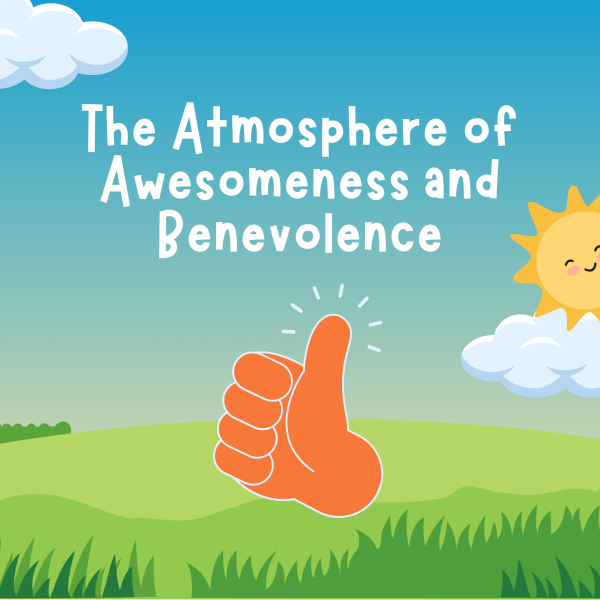THE HISTORY OF VALENTINE’S DAY
The origins of this holiday of love are not as lovely as they seem.
Valentine’s Day may seem cheesy and romantic, but the origins of this holiday are far from that description.
One possible origin of the holiday is ancient Rome. From February 13th to 15th, they celebrated the feast of Lupercalia. The men whipped women with the hides of animals they’d just sacrificed. Gruesome, right? And if that wasn’t enough, women would actually line up to get whipped. They believed it would make them fertile.
Emperor Claudius II’s execution of two men (both named Valentine) on the 14th may even account for the origin of the name. Pope Gelasius I later combined St. Valentine’s Day with Lupercalia and expelled the pagan rituals, turning the holiday into a drunken celebration of love.
Normans also celebrated Galatin’s Day (Galatin meaning “lover of women”). This holiday was most likely confused with St. Valentine’s Day at some point.
After many years, the holiday began to become romanticized in works of art (namely by Shakespeare and Chaucer). The tradition gradually spread everywhere (much like a giant virus would) and it soon became the commercialized holiday it is today.
Though many spend Valentine’s Day buying chocolate for loved ones and planning romantic dates, others spend it binging chocolate and dining alone. However you spend Valentine’s Day, remember that it’s not just a holiday for romantic love. Love is something universal and it’s not just reserved for those with significant others. Take a moment to let a friend or family member know how much you love them. And don’t forget to have a wonderful Valentine’s Day!







